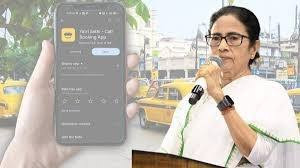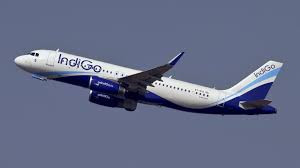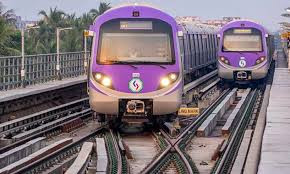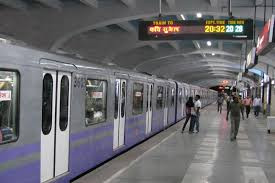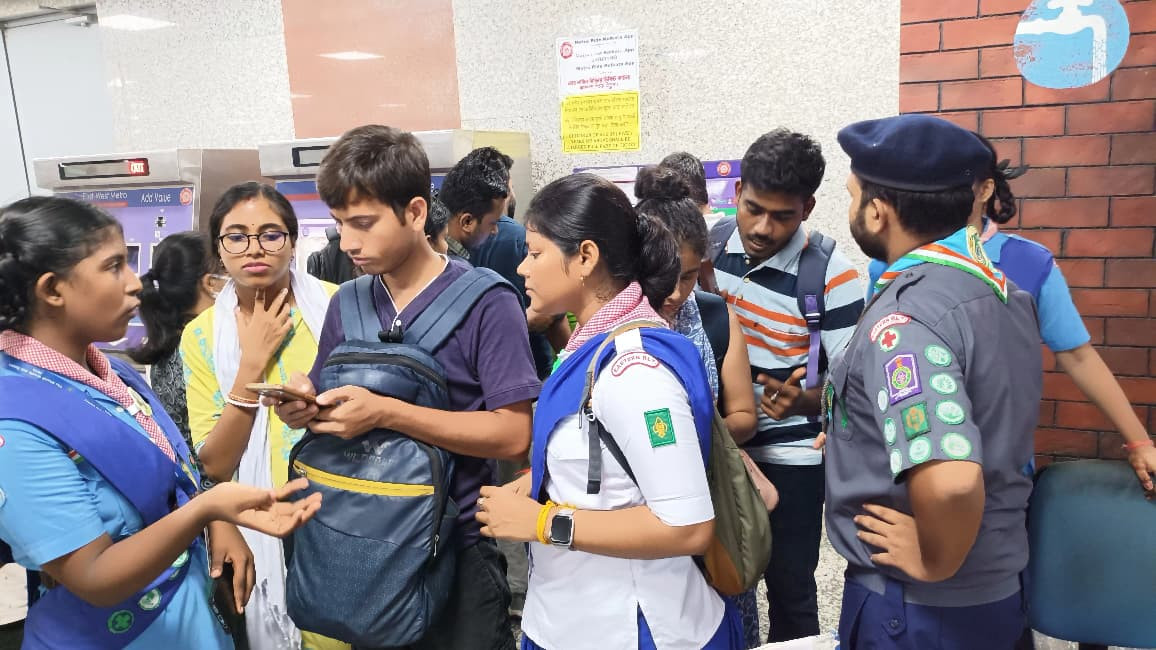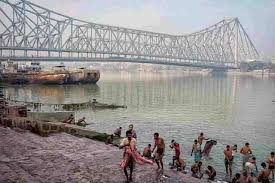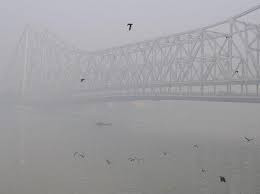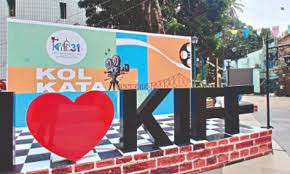“New Lane System at Kolkata Airport Works Temporarily, but Evening Gridlock Persists”
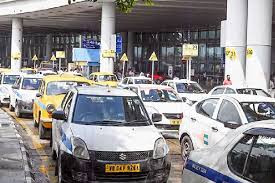
IIE DIGITAL DESK : Kolkata’s efforts to ease vehicular congestion outside the airport terminal didn’t quite go as planned on Monday. The Bidhannagar Police implemented a newly demarcated lane system just outside the airport, using traffic cones and flexible reflective posts to organize the flow between exit gates 1A/B and 2A/B. The system was intended to streamline pick-up traffic by creating two single-file lanes alongside one double-width lane. Initial reports indicate it functioned reasonably well during the quieter morning and afternoon periods. Drivers could follow designated lanes with the backing of law enforcement and security personnel, giving a fleeting sense of order after years of chaotic vehicle movement at the terminal entrance .
As evening rush hour struck, the system began to falter. Traffic volumes surged, and VIP vehicles—improperly occupying the lane closest to the terminal—created bottlenecks that caused backups. Commuters like Goutam Chatterjee, waiting near gate 2A/B, found themselves stuck behind a long vehicle queue, unable to get through despite the orderly layout. This illustrates how, without enforcement and lane discipline, physical demarcation alone cannot prevent congestion .
Authorities have acknowledged that the city needs more than lane markers to solve the issue fully. Plans are underway to introduce additional signboards that clearly indicate pick-up areas before drivers enter the coned zones. Traffic police are also urging VIP vehicle users to avoid the lane closest to the terminal to maintain flow. Similar adjustments are expected as the system matures and more feedback is gathered .
This initiative came about after a high-level coordination meeting between Bidhannagar Police and airport administration, aiming to improve traffic conditions and uplift arriving passengers’ first impression of the city. The meeting had also resulted in the reopening of previously closed exits, such as gate 2A/B, and earlier proposals to manage trolleys, signage, and vehicle lanes around the terminal .
Despite initial optimism, the first day of the new traffic regime makes it clear that structural changes need support from stricter lane discipline, driver compliance, and better signage. Without a culture of adherence and regular reassessment, even well-meaning traffic engineering can be undermined during peak pressure points.
You might also like!


